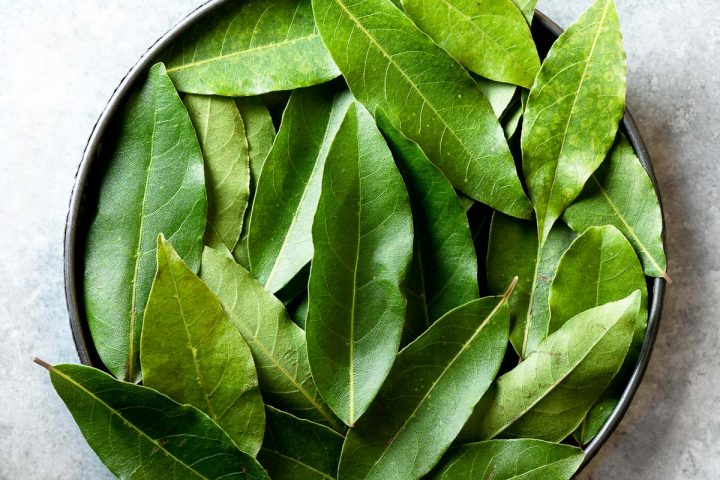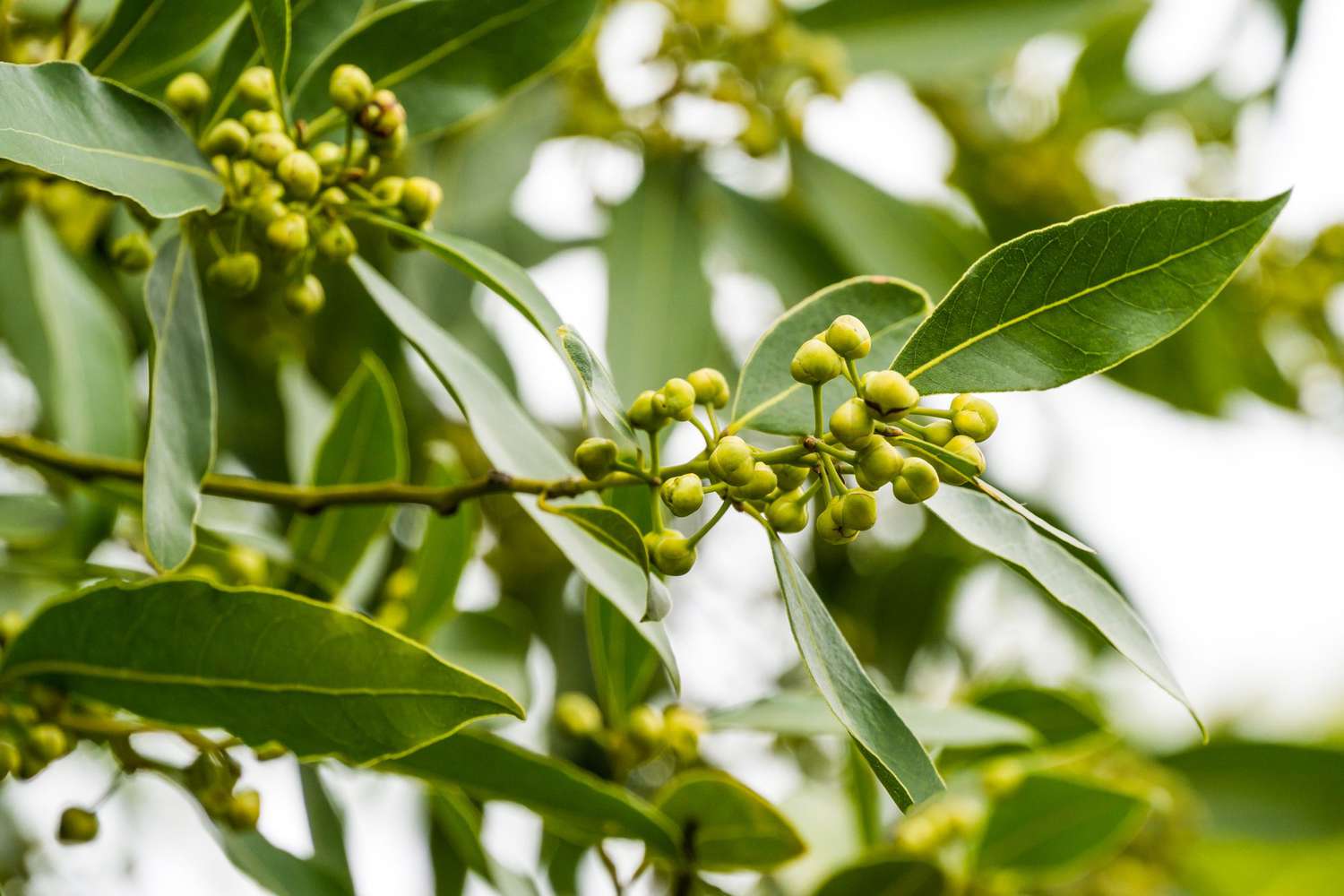In the bustling world of spices, where exotic flavors and aromas vie for attention, there exists a modest and unassuming member of the spice family that plays a crucial role in countless kitchens around the world. Meet the bay leaf, a culinary workhorse that adds depth, aroma, and a subtle, earthy flavor to a wide array of dishes.
The Basics of Bay Leaves
Bay leaves, scientifically known as Laurus nobilis, are the aromatic leaves of the bay laurel tree. These evergreen trees are native to the Mediterranean region and have a rich history dating back to ancient times. The use of bay leaves in cooking can be traced to Greek and Roman cuisines, and they remain an essential part of culinary traditions in various cultures.
Flavor Profile and Aroma
Bay leaves are prized for their unique flavor profile, which can be described as subtle, earthy, and slightly sweet. They contribute a delicate aroma to dishes and are often used to enhance the overall flavor without overpowering other ingredients. The magic of bay leaves lies in their ability to infuse a dish with complexity and depth.

Culinary Uses of Bay Leaves
Bay leaves are an indispensable spice in many culinary applications. Here are some common uses:
- Soups and Stews: Bay leaves are frequently added to soups, stews, and broths to infuse them with a rich, savory flavor. The leaves are typically removed before serving, as they are too tough to eat.
- Sauces and Gravies: Bay leaves play a crucial role in creating flavorful sauces and gravies. Whether it’s a tomato-based pasta sauce or a classic béchamel, a well-placed bay leaf can work wonders.
- Rice and Grain Dishes: Bay leaves can be used to season rice, pilaf, and other grain-based dishes. They add a subtle depth of flavor to the grains as they cook.
- Meats and Marinades: Bay leaves are a staple in marinades for meats and poultry. They can also be tucked into a roast or stew to impart a subtle, aromatic quality.
- Pickling: In pickling recipes, bay leaves are often included to contribute a layer of complexity to the pickling liquid.
Health Benefits and Folklore
Beyond their culinary uses, bay leaves are believed to offer potential health benefits. They contain essential oils and compounds with anti-inflammatory and antioxidant properties. In some traditional medicine practices, bay leaves have been used to aid digestion, alleviate respiratory issues, and even reduce stress.
In folklore, bay leaves have been associated with protection, purification, and wisdom. In ancient Greece, bay leaves were used to crown victors and scholars, symbolizing achievement and knowledge.
Exploring Bay Leaves
Bay leaves are available in various forms, including whole dried leaves and ground bay leaf powder. When using whole leaves, they are typically added to dishes during cooking and removed before serving, as they can be tough and somewhat sharp-edged.

To store bay leaves, keep them in an airtight container away from light and moisture to preserve their flavor and aroma.
Bay leaves may not steal the spotlight in the world of spices, but they are unquestionably the unsung heroes of the spice rack. Their subtle, earthy flavor and aromatic qualities make them an indispensable ingredient in countless recipes. So, the next time you reach for that container of bay leaves, remember that you are adding depth and complexity to your dishes with this unassuming culinary treasure. Bay leaves are a reminder that even the humblest of spices can play a vital role in creating memorable meals.


